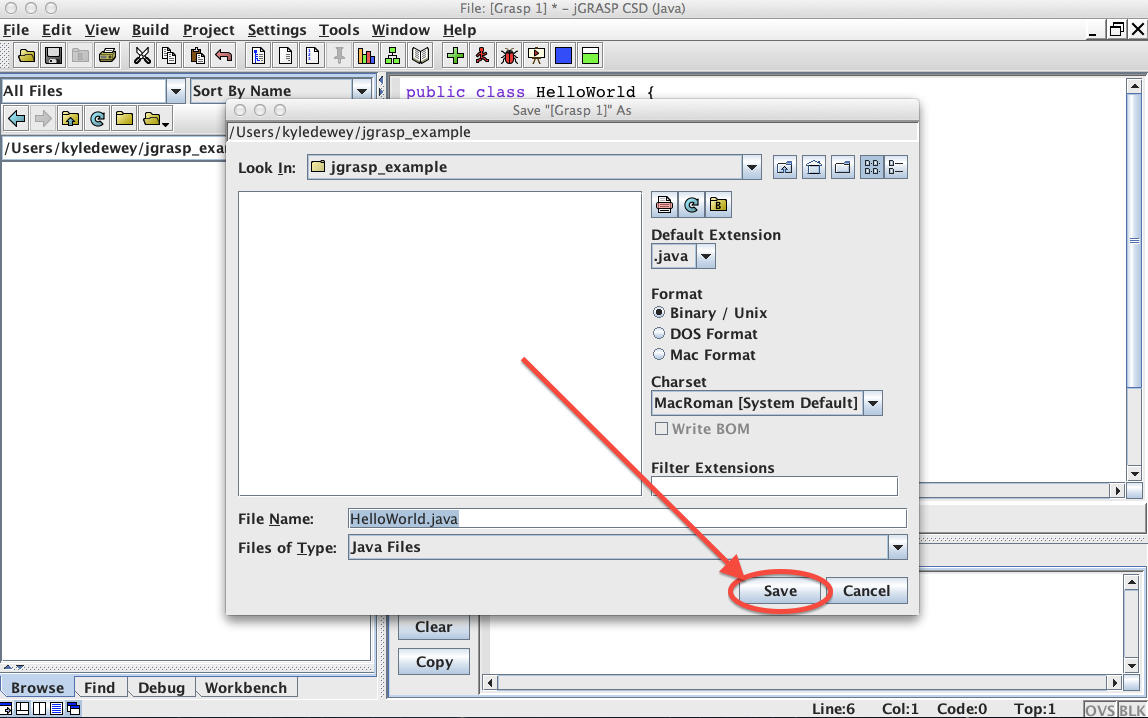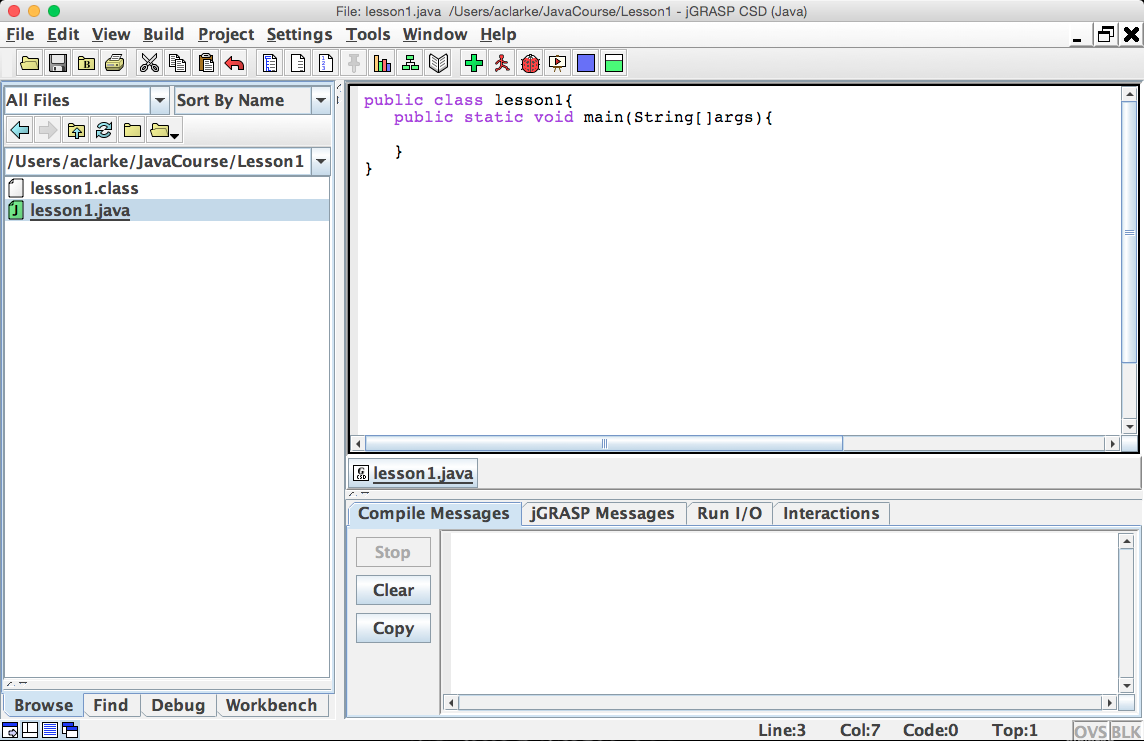

If you run this code, you should see a black circle on a gray background. The application doesn’t end after the main method returns instead, it waits for the JFrame to close. Once the frame is visible, the paint method is called whenever the canvas needs to be drawn for example, when the window is moved or resized.

You can read about the other methods in the documentation, which you can find by doing a web search for “Java Canvas”. The Drawing class extends Canvas, so it has all the methods provided by Canvas, including setSize. JFrame frame = new JFrame( "My Drawing") Here is an example program that draws a circle using the fillOval method: import The Graphics class provides basic drawing methods such as drawLine, drawRect, and drawString. There are several ways to create graphics in Java the simplest way is to use and .Ī Canvas is a blank rectangular area of the screen onto which the application can draw. We are only going to scratch the surface of graphics programming you can read more about it in the Java tutorials at. 7.The Java library includes a simple package for drawing 2D graphics, called java.awt.ĪWT stands for “Abstract Window Toolkit”.

It is also feasible to use these structures to get the distance of a point to a line, or the closest point of a line to another line (in 3D). Vector2D intersection = l1.intersection(l2)
#Java jgrasp tutorial code
For instance, the following code performs the calculation of the intersection of two 2D lines: Line l1 = new Line(new Vector2D(0, 0), new Vector2D(1, 1), 0) When using classes mentioned above, it is possible to perform some computation. They are used for representing 2D vectors (or points), 3D vectors, lines, and segments respectively. The most useful classes are probably Vector2D, Vector3D, Line, and Segment. It is important to note that this package is divided into different sub-packages, regarding of the kind of geometry we want to use:

As its name states it, LUDecomposition relies on the LU decomposition, and thus works only with square matrices.įor other matrices, different solvers exist, usually solving the equation using the least square method. Then, we create an LUDecomposition which provides a solver for equations under the form AX = B. The case is pretty straightforward: we define a matrix a from an array of array of doubles, and a vector b from an array of a vector. New double ,ĭecompositionSolver solver = new LUDecomposition(a).getSolver() If we have a linear system of equations under the form AX = B where A is a matrix of real numbers, and B a vector of real numbers – Commons Math provides structures to represent both the matrix and the vector, and also provide solvers to find the value of X: RealMatrix a = new Array2DRowRealMatrix( Statistics, Probabilities, and Randomness 3.special – special functions (Gamma, Beta).3.util – common math/stat functions extending.3.ml – machine learning (clustering and neural networks).3.optim – function maximization or minimization.3.ode – ordinary differential equations integration.3.transform – transform methods (fast Fourier).3.geometry – geometry (Euclidean spaces and binary space partitioning).3.linear – matrices, solving linear systems.3.analysis – root finding, integration, interpolation, polynomials, etc.3.random – random numbers, strings and data generation.3.distribution – probability distributions.3.stat – statistics and statistical tests.


 0 kommentar(er)
0 kommentar(er)
